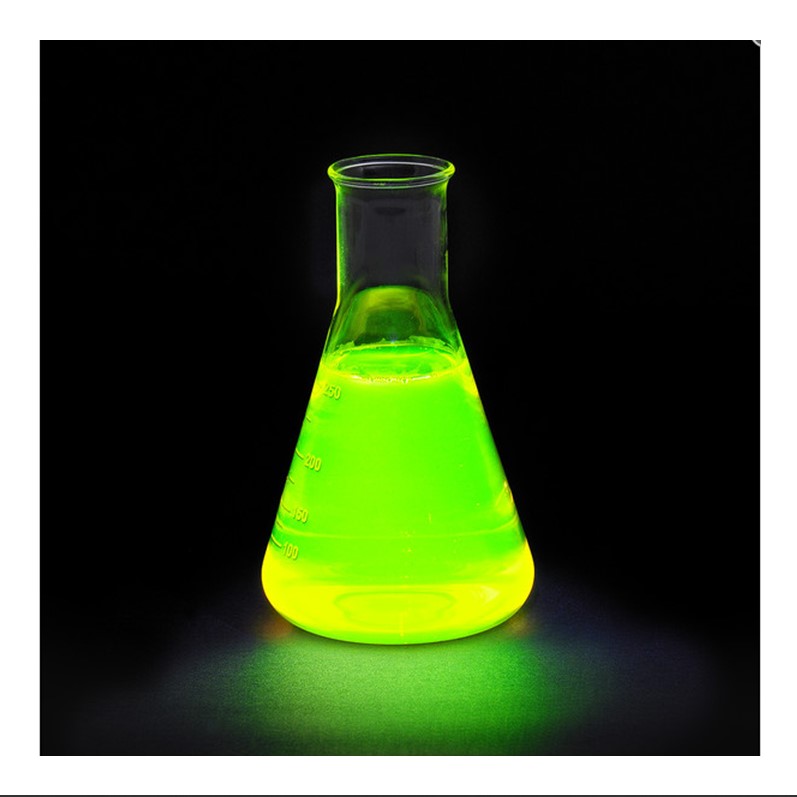Applications of quenching

Fluorescence spectra can be measured both to determine quantum yield and observed lifetime. By measuring both of these quantities at the same time we can determine the fundamental fluorescence rate constant, kf, and the non-radiative decay time, knr. Note that a single measurement does not provide sufficient constraints to determine the intrinsic rate constants and we must measure both quantum yield and lifetime.
In this lab we will study the quenching of the tracer dye uranine by iodide. Uranine is a fluorescein derivative that is water soluble. Because of its strong fluorescence in the visible region it can easily be observed in circulation and pipes. It is used to determine the location of leaks. Uranine is regarded as non-toxic.
The laboratory protocol can be downloaded below:
The kinetics will be measured using time-correlated single photon counting (TCSPC). The method and other background information is described in the presentations below:
Pre-laboratory questions and numerical problems:
Virtual course:
References
|